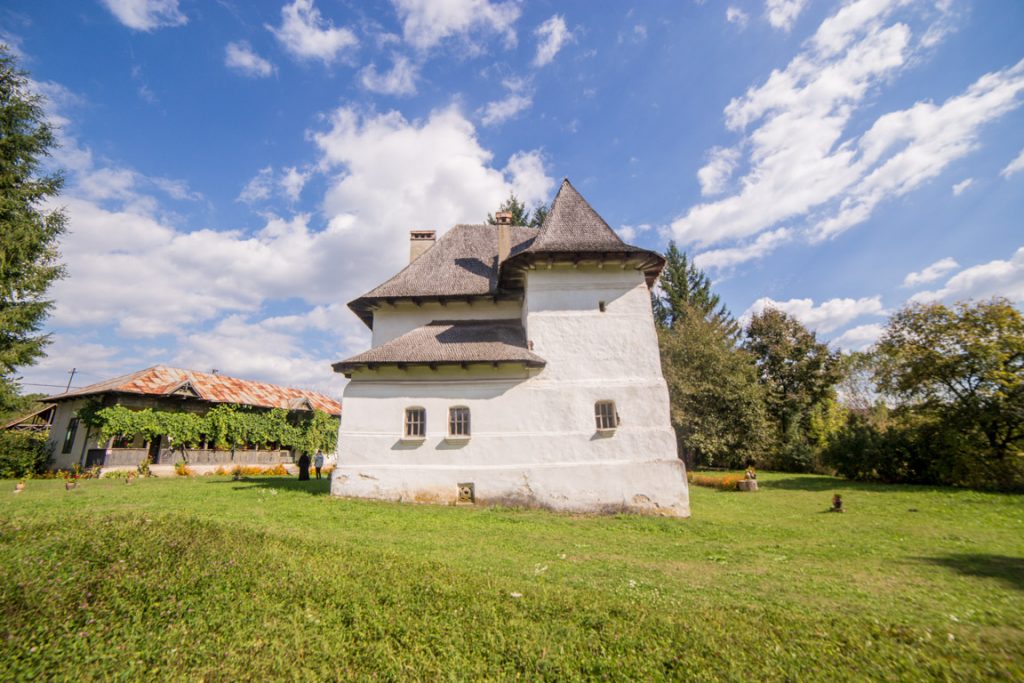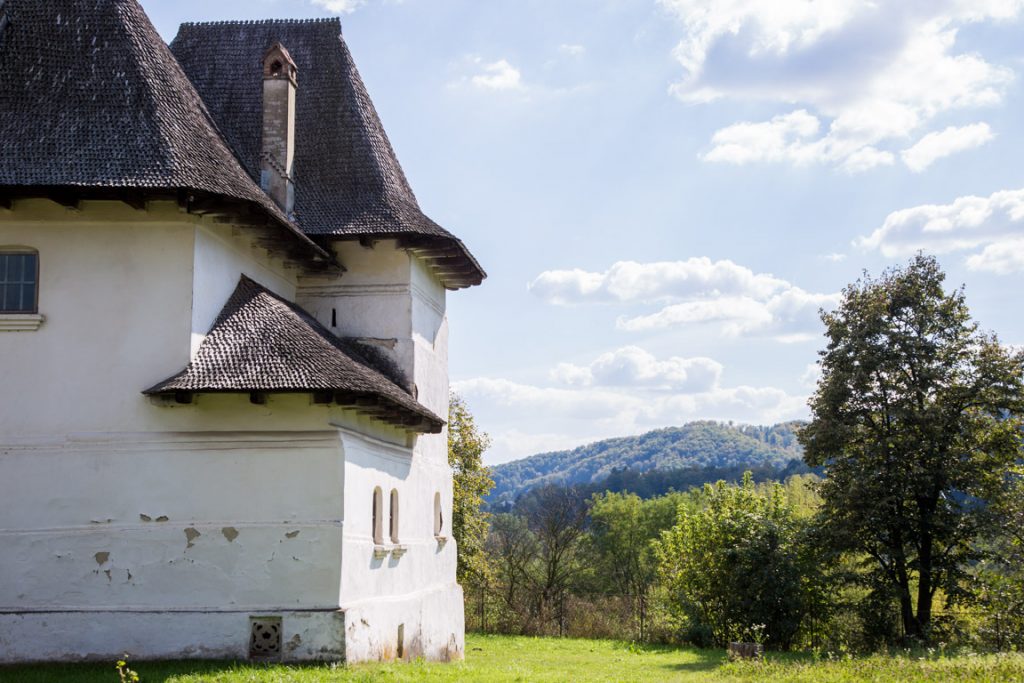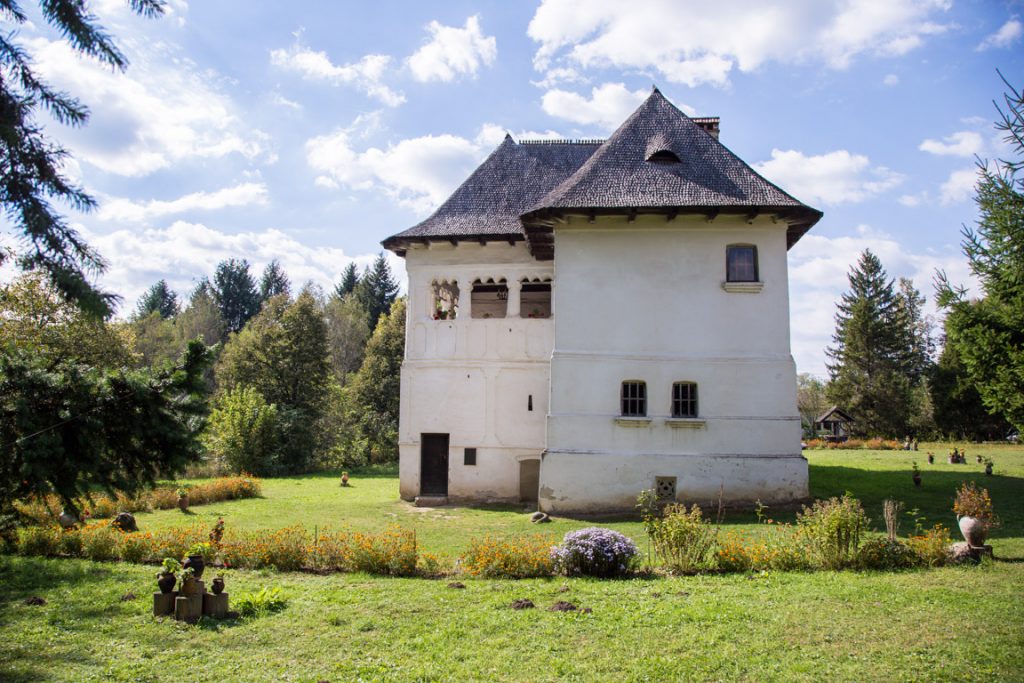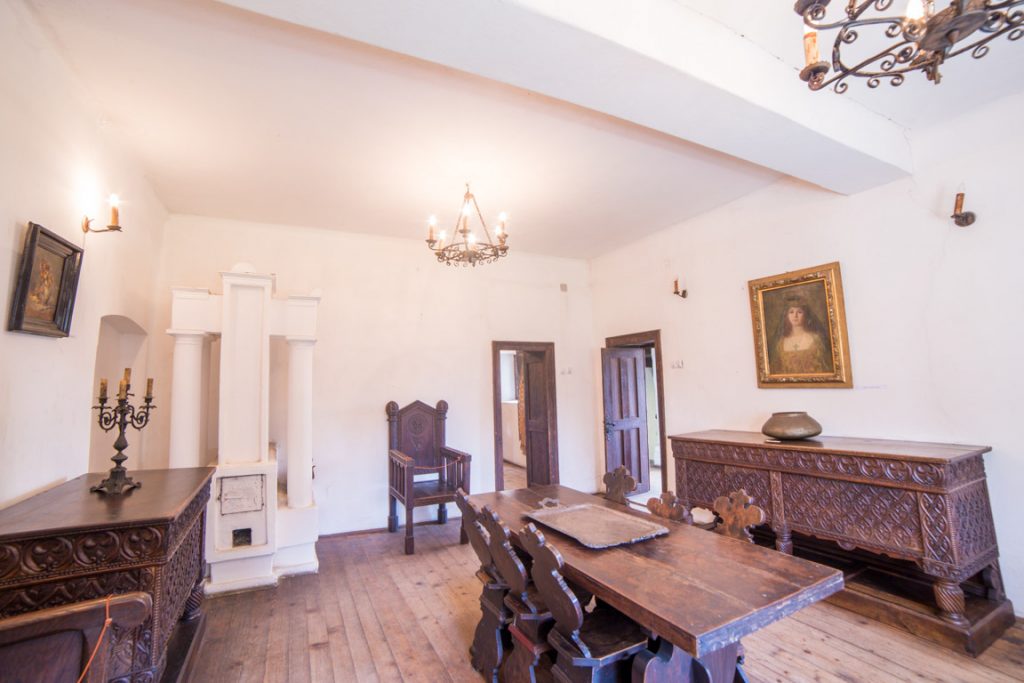€400k Măldăreşti, ROMANIA. Historic Fortified House For Sale
This Fortified Property is For Sale With Artmark Historical.
Maldar-Greceanu Kula, the oldest documented Romanian fortified house.
Greceanu Kula from Măldărești-Vâlcea is the oldest kula and one of the most spectacular monuments in Romania. The historical building is inscribed in the National Heritage and is part of the Măldărești Museum Complex, a complex that also includes Duca Kula and the I.G. Duca Memorial House.
Greceanu Kula is part of the Heritage Museum since 1956, having a museum function kept by the present owners, the heirs of the Greceanu. Known for its authenticity, it has often been used in Romanian film productions such as “The Fearless”, “The Road of Bones” or “Iancu-Jianu-The Outlaw”. The pillars were built by the Oltenian boyars at the end of the 16th century, as a defense wall against the Ottoman incursions. Hence the name of “cula” which in Turkish (kule) means “tower”. The story of the kula begins in 1516, when Nan the Cupbearer builds a defense tower to protect his territory from the outlaws’s assaults. Several years later, his nephew, Tudor Maldăr, built a fortified house around the tower. Legend states that Tudor, a boyar in Mihai Viteazul's army, fought bravely with the Tatars. The battle would have resulted in his death if the Tatar Khan's daughter, the Tatar leader, did not interfere. She fell in love with Tudor and because he saved his life, the young man offered her the fortified house.
The present form of the kula originates from the 18th century, being restored between the years 1780-1790 by the boyar Gheorghe Măldărescu and his wife, Eva, who founded in 1790 “St. Nicholas” and “St. Voivodes” churches from the immediate vicinity of the kula. The last Maldăr who owned the castle was the maiden Eva who left Măldărești as a dowry for her daughter, Maria. She married Gheorghe Greceanu, and from then on, the heirs of the kula will be the Greceanu’s.
Today, after hundreds of years, the kula is unchanged on the outside. The entrance has a massive oak door with locks and iron bars, which pierce the walls. The construction harmoniously combines a high porch and a few oak doors, three trilobate arches and the defense tower that can be reached through a ladder sustained by a rope. The largest room is the room with sofas, separated by tables as per Turkish fashion. In the adjacent room you can find the history of Măldărești family, where Olga Greceanu, the descendant of the owners of the kula, painted in 1934 frescoes from the family’s history.












